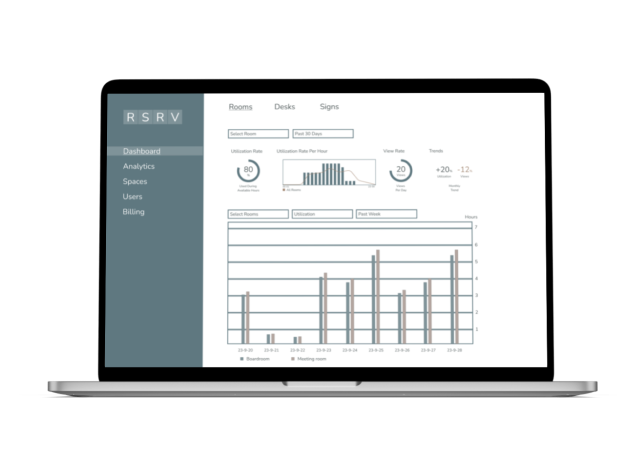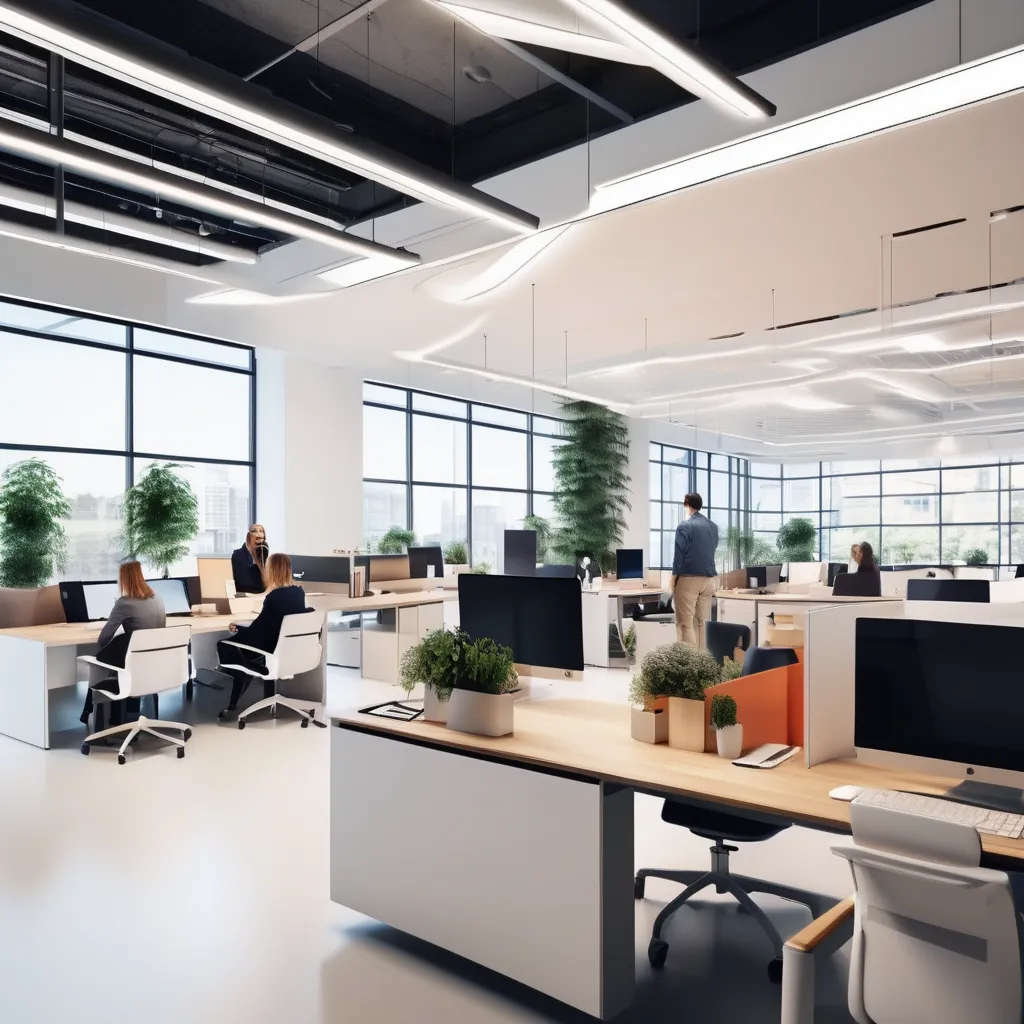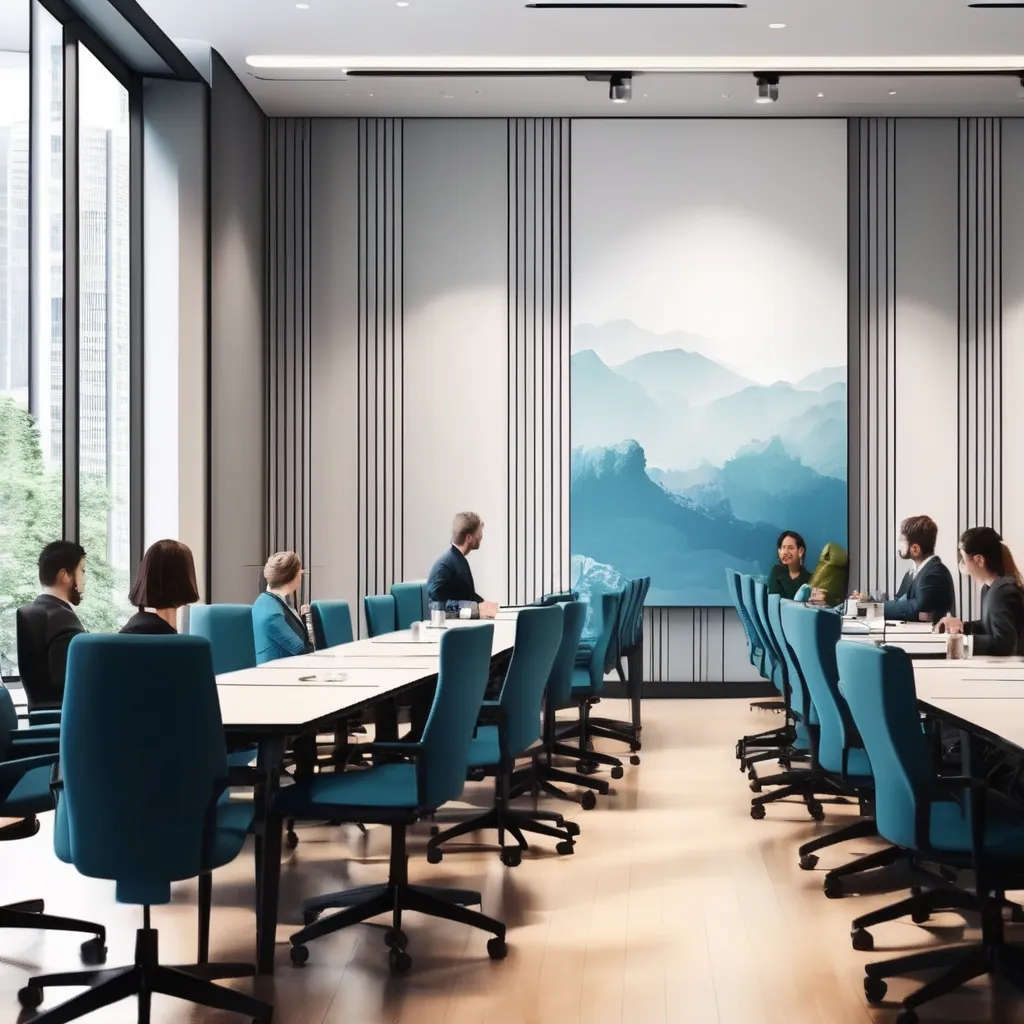Space Management


Optimizing Office Space with Meeting Room Booking Systems: A Comprehensive Guide
Optimizing office space is essential for enhancing productivity and reducing costs. A meeting room booking system is a key tool in achieving this goal. This comprehensive guide will explore how to assess office space needs, choose the right booking system, implement it effectively, and measure its success.
Understanding Office Space Needs
The first step in optimizing office space is understanding your specific needs. Assess factors such as team size, meeting frequency, and the types of spaces required (e.g., small meeting rooms, large conference rooms, collaborative areas). Conducting regular space audits can provide insights into how existing spaces are used and identify areas for improvement. According to a study by Gensler, companies can improve space efficiency by up to 20% through regular audits and adjustments.
Choosing the Right Meeting Room Booking System
Selecting the right meeting room booking system involves evaluating key features and comparing different options on the market. Look for features such as real-time availability, calendar integration, automated notifications, and detailed usage reports. Consider the scalability of the system to ensure it can grow with your organization. Reading reviews and case studies can provide valuable insights into the effectiveness of different systems.
Implementing a Meeting Room Booking System
Successful implementation of a meeting room booking system requires careful planning. Start by clearly communicating the benefits and functionalities of the system to employees. Provide training sessions to ensure everyone knows how to use the system effectively. Integrate the system with existing digital tools and workflows to maximize its impact. Monitor the implementation process closely and address any issues promptly.
Measuring Success
To measure the success of your meeting room booking system, track key metrics such as room utilization rates, booking conflicts, and employee satisfaction. Use the system's reporting features to gather data and generate insights. Regularly review and analyze this data to identify trends and areas for further optimization. Gathering feedback from employees can also provide valuable input for continuous improvement.
Conclusion
Optimizing office space with a meeting room booking system is a comprehensive process that involves understanding your needs, choosing the right system, implementing it effectively, and measuring its success. By following this guide, organizations can ensure that their office spaces are used to their full potential, leading to enhanced productivity, reduced costs, and improved employee satisfaction. Investing in a meeting room booking system is a strategic move that can deliver significant long-term benefits.


